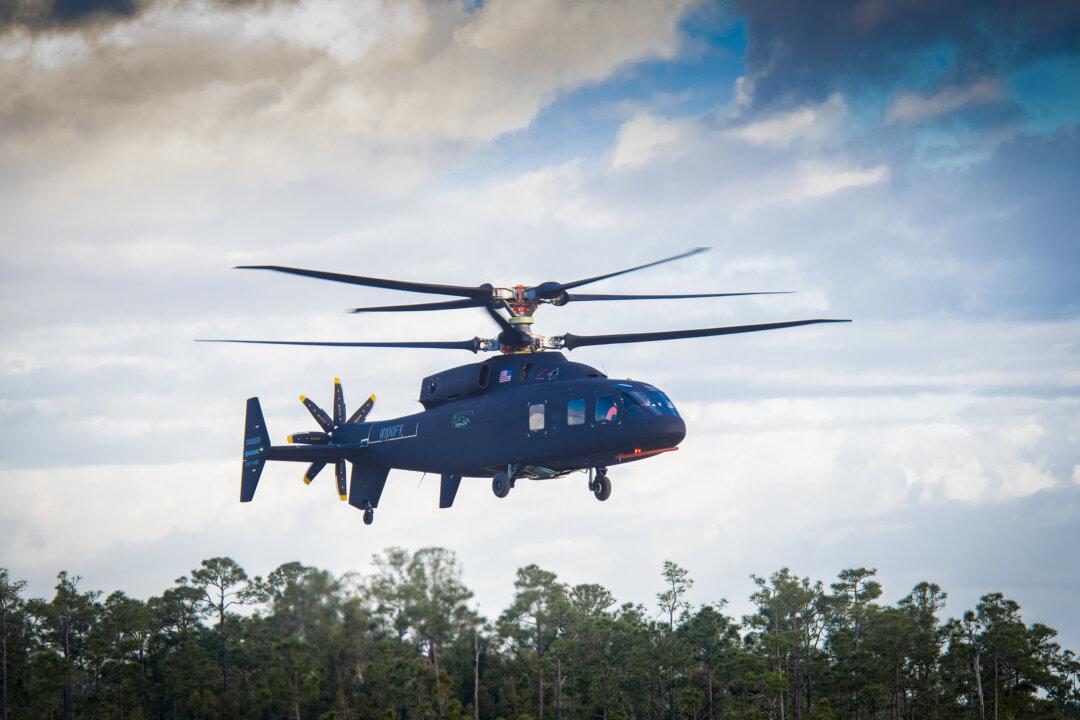Sikorsky’s Black Hawk demonstration replacement has reached over 100 knots in a test flight, as it prepares to go head to head with rival Bell in a final two-year contest to make the Army’s next-generation, 250-knot flying machine.
Bell already got their demonstration tilt-rotor machine, the V-280, up to 300 knots last year, well ahead of the final competitive process which starts in the spring of this year.





